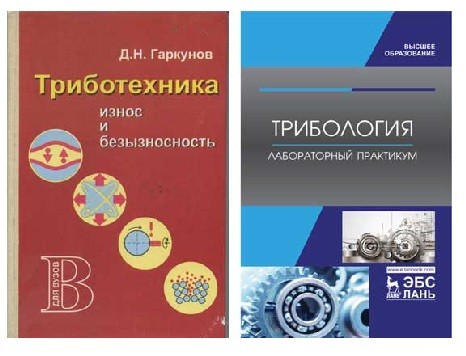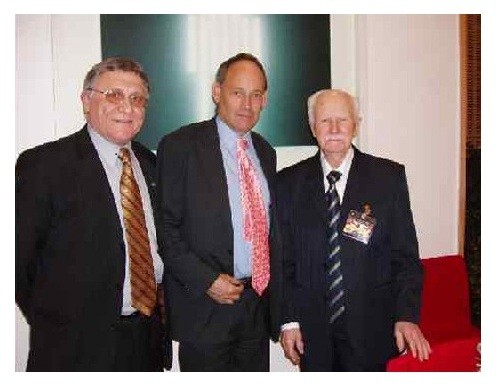The history of the discovery
In the mid-1950s, a group of scientists headed by D.N. Garkunov, who was then serving at the Lyubertsy Research Institute for the Operation and Repair of Aviation Equipment, and I.V. Kragelsky (head of the laboratory of general friction theory at the Institute of Mechanical Engineering of the USSR Academy of Sciences), drew attention to the following fact: soft copper forms a protective film on a hard steel surface, which prevents friction an order of magnitude better than a lubricant specially developed for this purpose.
Moreover, the process of this selective transfer self-organized in areas where the steel rod material experienced the greatest loads, that is, the entire system consisting of two rubbing parts and a layer of oil between them adapted to the friction conditions. And as a consequence, the results of friction changed qualitatively, namely, the wear of parts decreased several times. By the way, the service life of the cylinder-piston group of refrigeration compressors also significantly exceeds all calculated terms, and exceeds them many times, which did not fit into the theoretical base existing at that time, the studies allowed us to conclude that in the contact friction zone there is a certain, super-efficient lubrication mode that slows down the wear process tens of times. Dozens of laboratories in different countries have independently studied this effect.

It turned out that the «selective mass transfer effect» is also observed on the friction surfaces of compressors; in some sources this was called the «natural wear-free effect». The fact is that the compressor operates in the mode of constant and continuous restoration of worn parts, and the material for restoration is microparticles and copper ions, which are washed out of the walls of copper tubes by continuously circulating refrigerant, and are delivered to the contact friction zone by it. And of all metals, copper is endowed with the properties of the most effective replenishment of the iron crystal lattice.
Based on this discovery, a new concept of «remetallizer» emerged, which in this case indicates the presence of a metal reduction effect, and the section of science that studies this effect is called tribology.

A huge contribution to the development of this direction was made by the discoverers Professor D. N. Garkunov and Professor I. V. Kragelsky, who devoted more than half a century to the study and development of tribology. This discovery brought D. N. Garkunov world fame. Thus, in 2005 he was awarded the Gold Medal of the English Royal Society of Tribological Engineers.
Today, remetallizers are used in almost all types of equipment, in those units and assemblies where high loads, combined with contact friction, can lead to accelerated wear.
In the photo: Presentation of the Gold Medal of the English Royal Society of Tribological Engineers to D. N. Garkunov at the British Embassy in Moscow, 2006.

